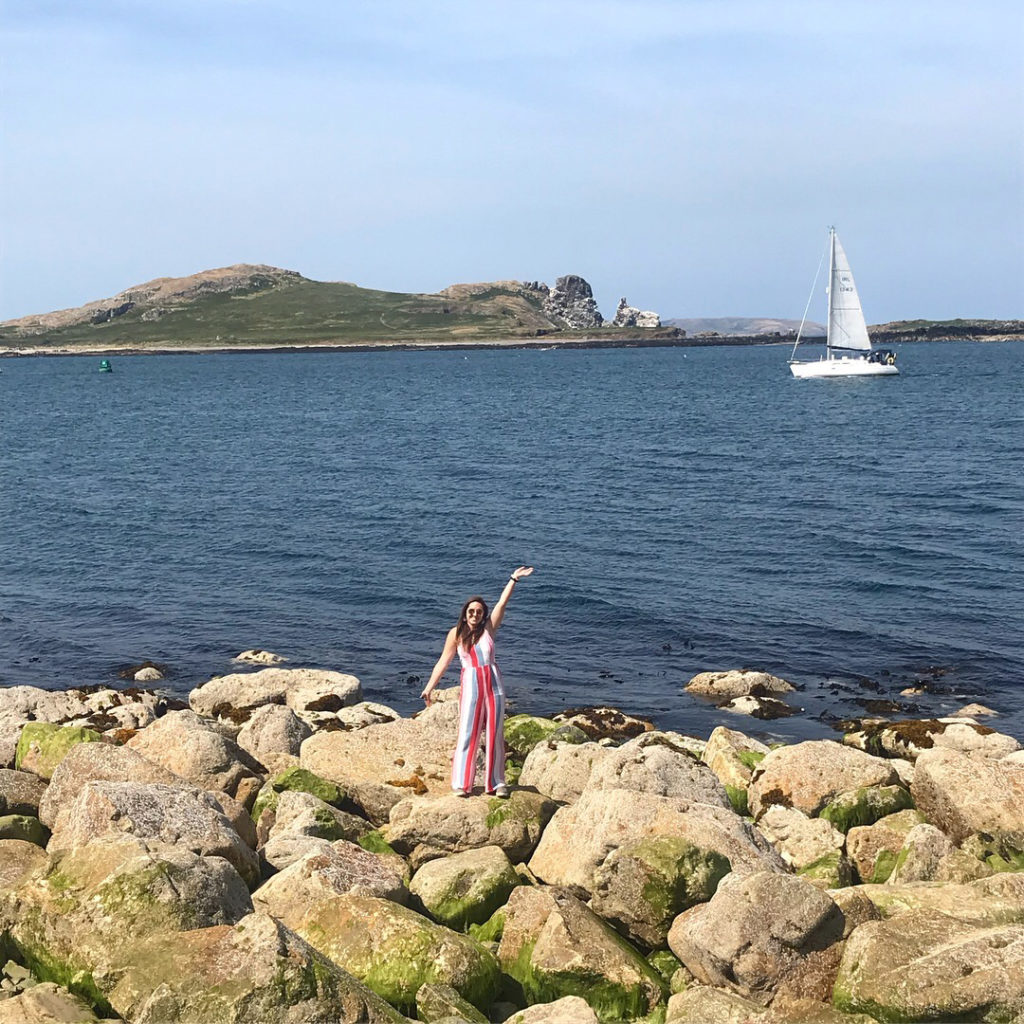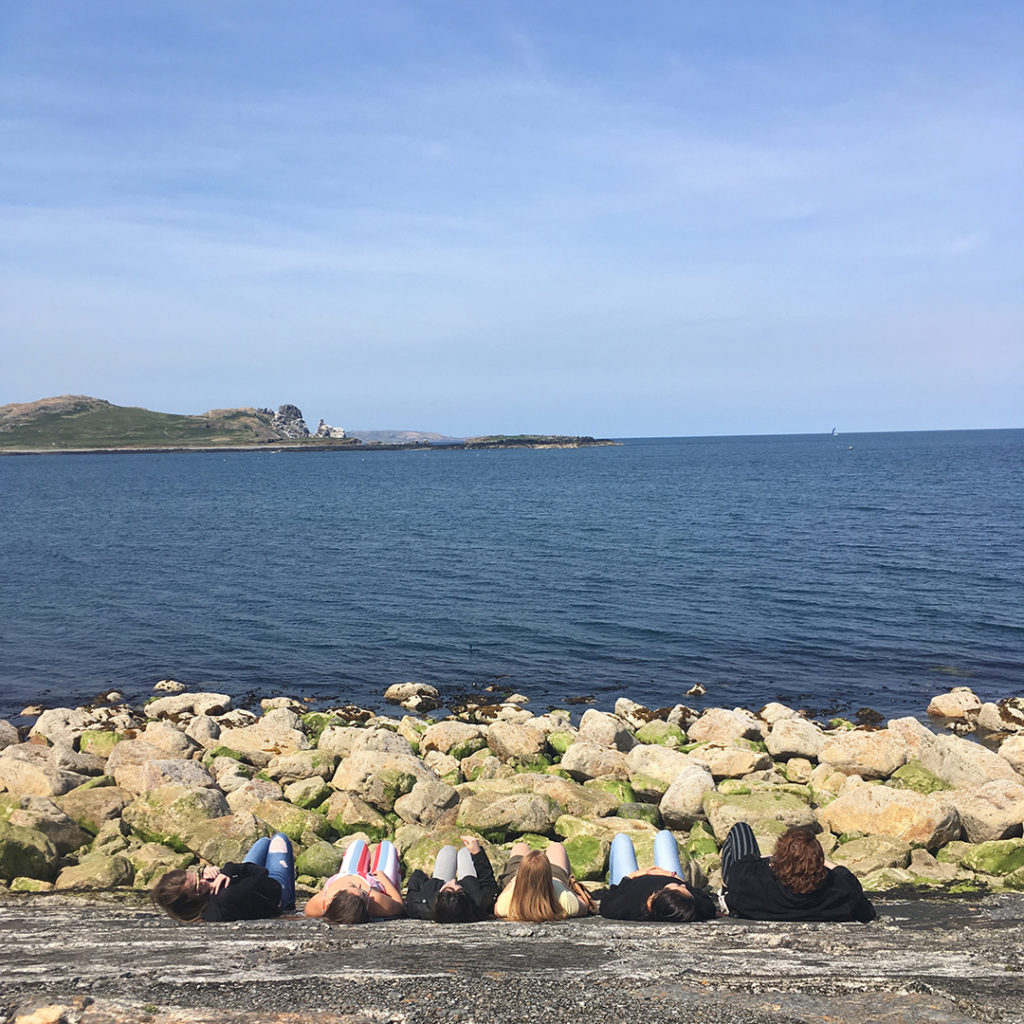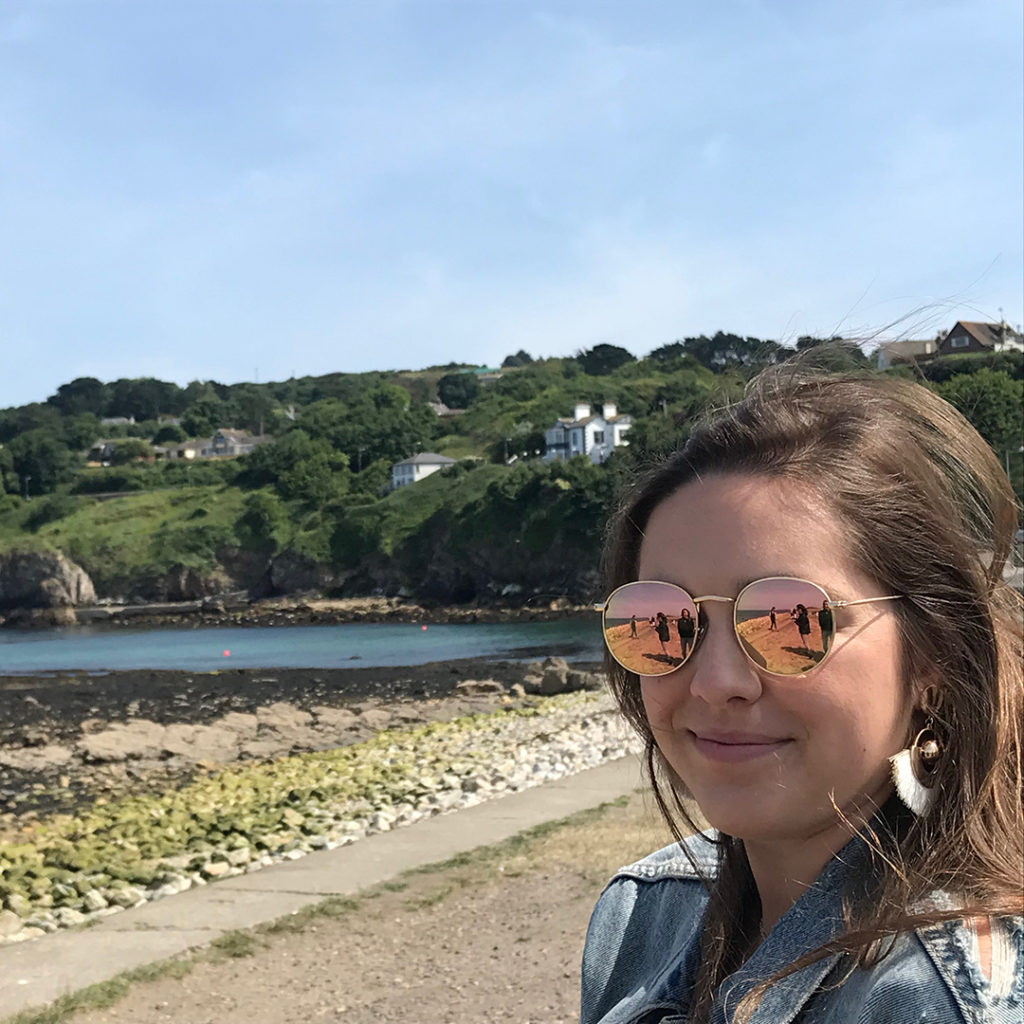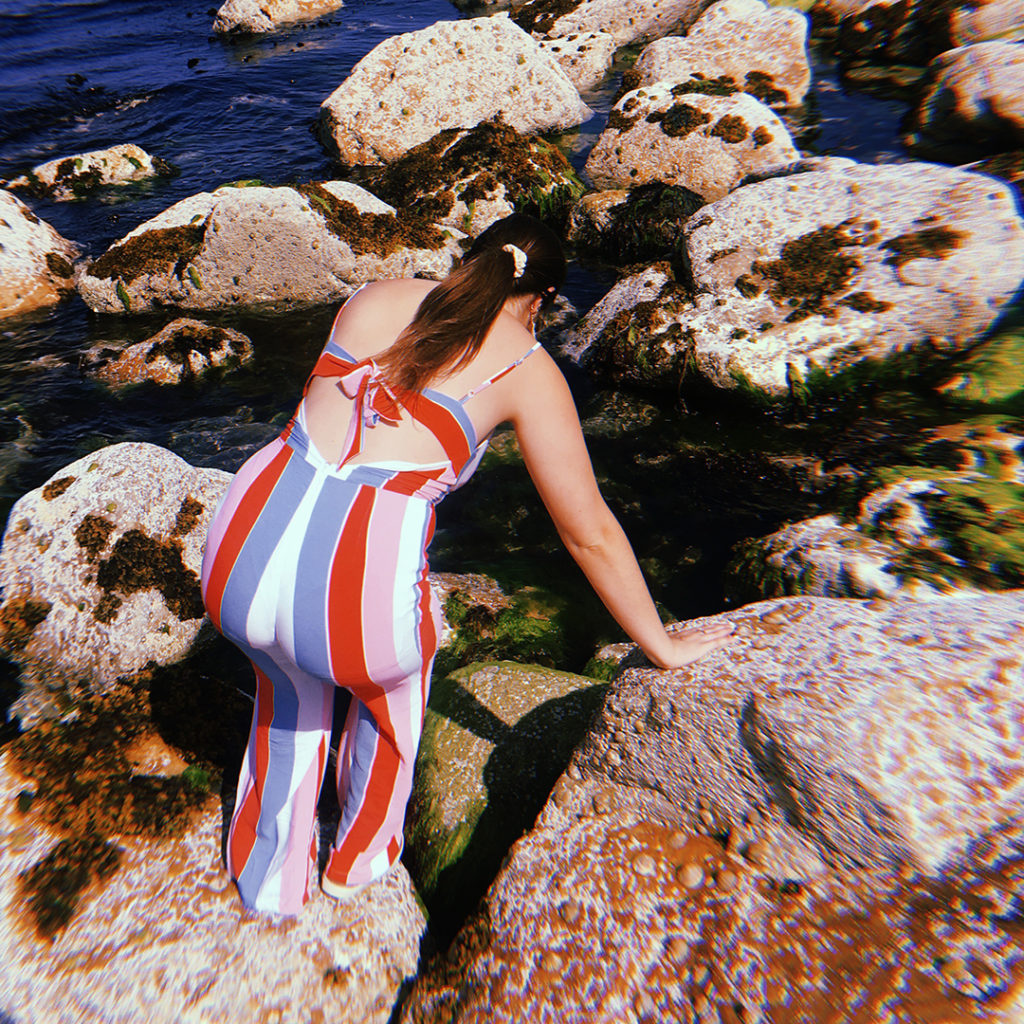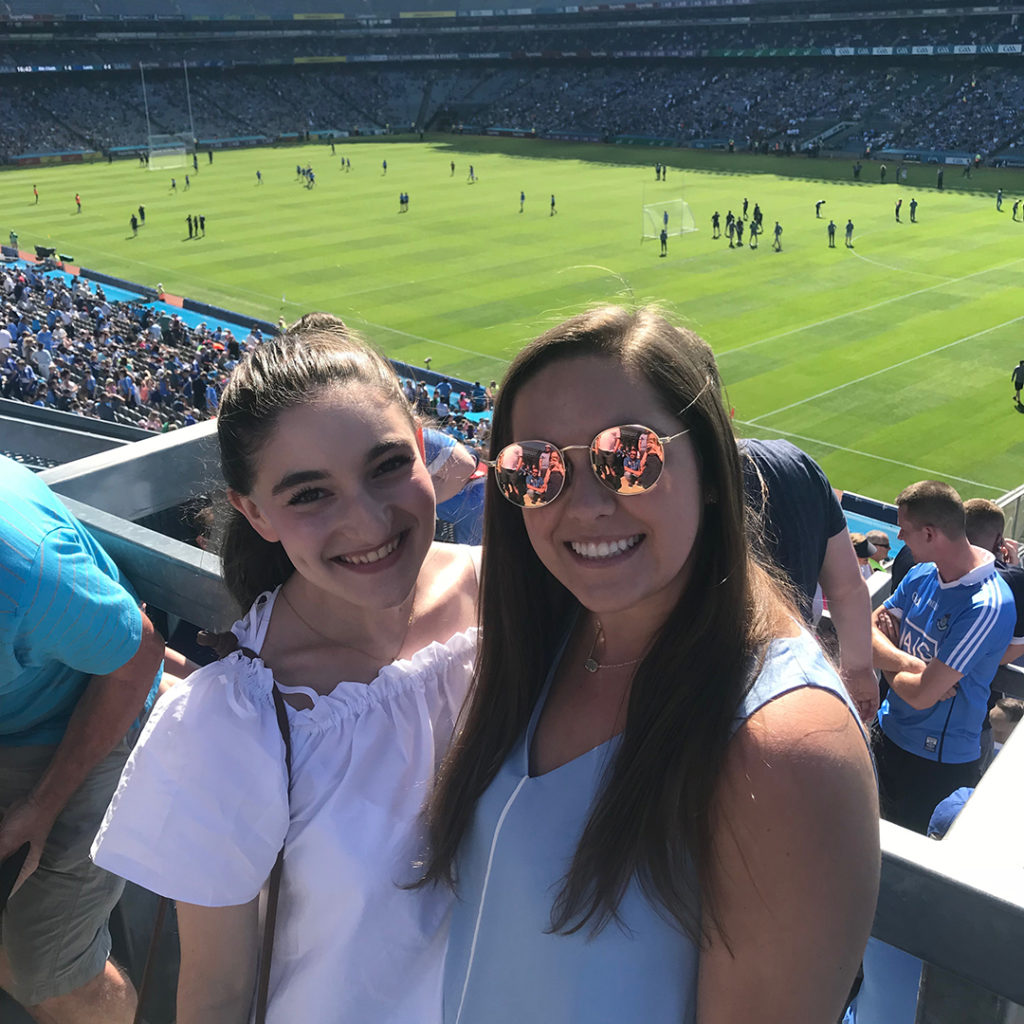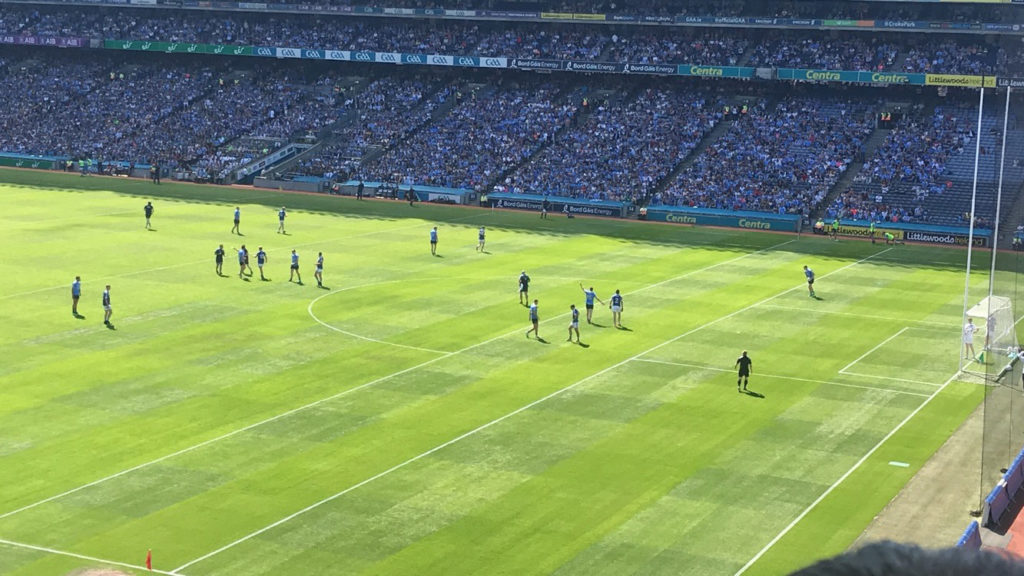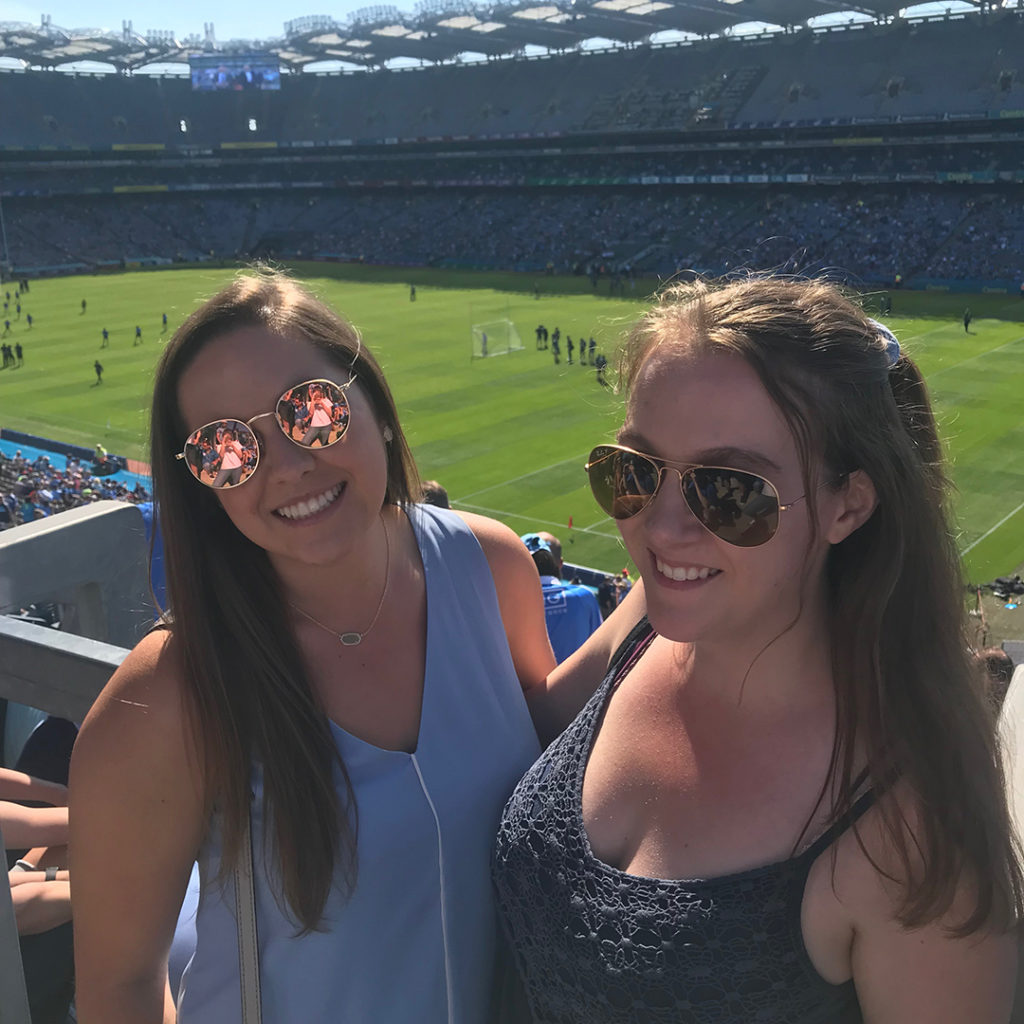Howth About Those Boys in Blue?!
Howth is a small town on a peninsula just east of Dublin; about a 45 minute bus ride, and it’s beautiful. There are tons of attractions in the small town including a cliff walk, Malahide castle, St. Mary’s Abbey, and a bird conservatory. But what my friends and I did for the day on our budget was simply wander around the seaside village. After eating chowder and fish and chips right on the water, we walked along the edge of the coast and experienced an absolutely beautiful Dublin day. Sailboats filled a marina and were constantly breezing in and out of their port, past a small lighthouse and out into the ocean. We sat by the lighthouse on the concrete marina sides and overlooked the boats and rocks, enjoying the salty air. Farther down the marina, three young boys sang Ed Sheeran songs for tips, creating a soft sound track to our day. There’s nothing like a sea breeze to cleanse your mind after a week of work in the city.
Now for the boys in blue…our local Dublin Gaelic Football team won the all-Ireland finals Sunday afternoon! Sports have always had the power to bring people together in a special way, but the GAA – Gaelic Athletic Association – has a particularly important past. During the Irish war for independence, British colonizers played and imposed sports like soccer, rugby, and cricket. Irish republicans continued to play and support Gaelic games such as football, hurling, and handball. The sports matches were a form of civilian cultural rebellion and comradery. After Irish Republican Army assaults on the British in Dublin Castle, the colonizers chose to attack Gaelic games. On November 21, 1920 British forces killed civilians and players at a Gaelic football match in Croke Park, pictured below as the location of this past Sunday’s final. Often referred to as one a few Irish “Bloody Sundays,” the incident solidified how important traditional Gaelic games are to Irish culture. Unlike other professional sports, the highest level of Gaelic games players still have day jobs and don’t play for the money. They play for their homes. Again unlike franchise teams, in Ireland you play for the Gaelic club of your local town where you were born, or lived most of your life. There is a lot of pride in being good enough to represent your home county in the all-Ireland tournament.
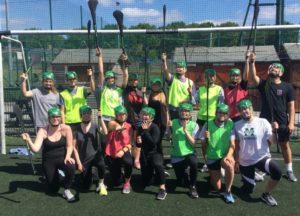
Our required class time last Friday involved going to a local Dublin GAA club to play some handball, hurling, and Gaelic football. So handball isn’t like the olympic kind; it’s a glorified version of wall ball (and if you didn’t play wall ball growing up, I’m sorry because it was a classic neighborhood kid pass time.) But hurling! Gaelic football! These are some crazy and creative sports that require a lot of skill. Hurling is kind of like a combination of field hockey, handball, and lacrosse. Gaelic football is kind of like a combination of soccer, football, volleyball, and rugby. After our morning at the local GAA club trying to learn to play the sports, we thought it best to leave it to the professionals and head out to Croke Park for the all-Ireland final.
On Sunday June 24th, I became a true Dublin fan. I donned a light blue outfit, learned the rhythm to the chant “Come on you boys in blue!” and tried to learn the rules of the game. There are A LOT of rules that all seem like suggestions. After seventy minutes of running, volleying, kicking, and shouldering, the Dublin boys in blue captured the win over Laois.

